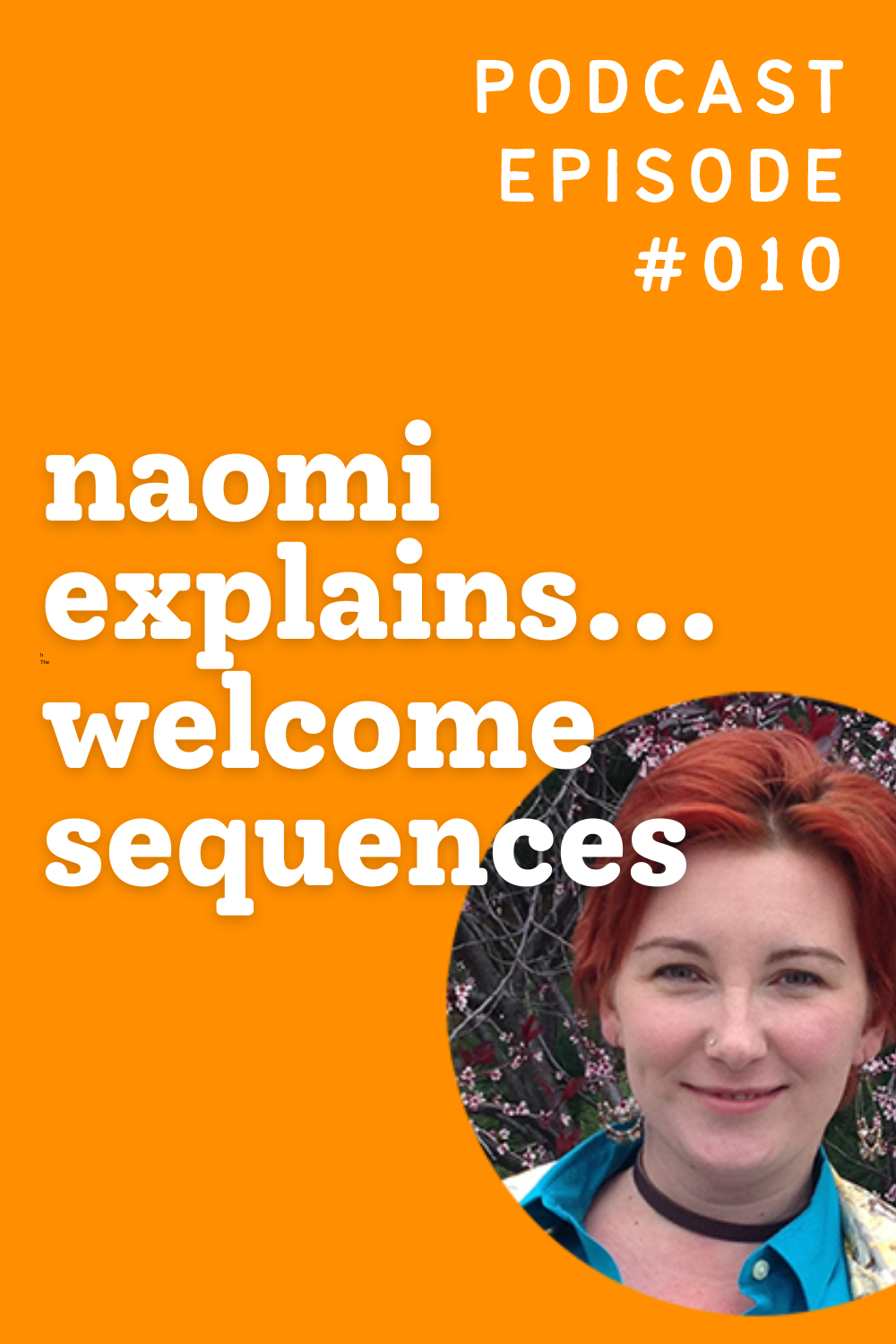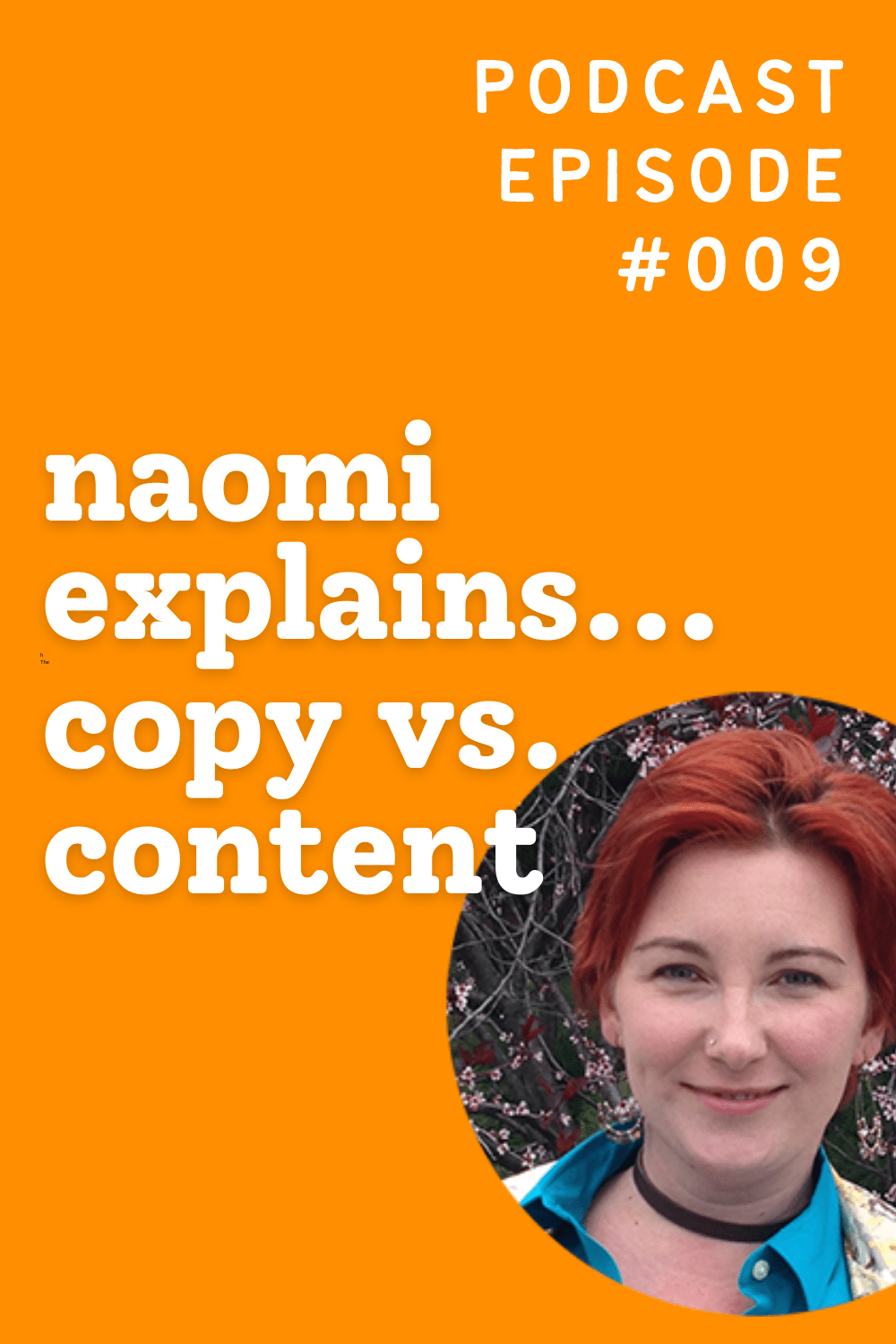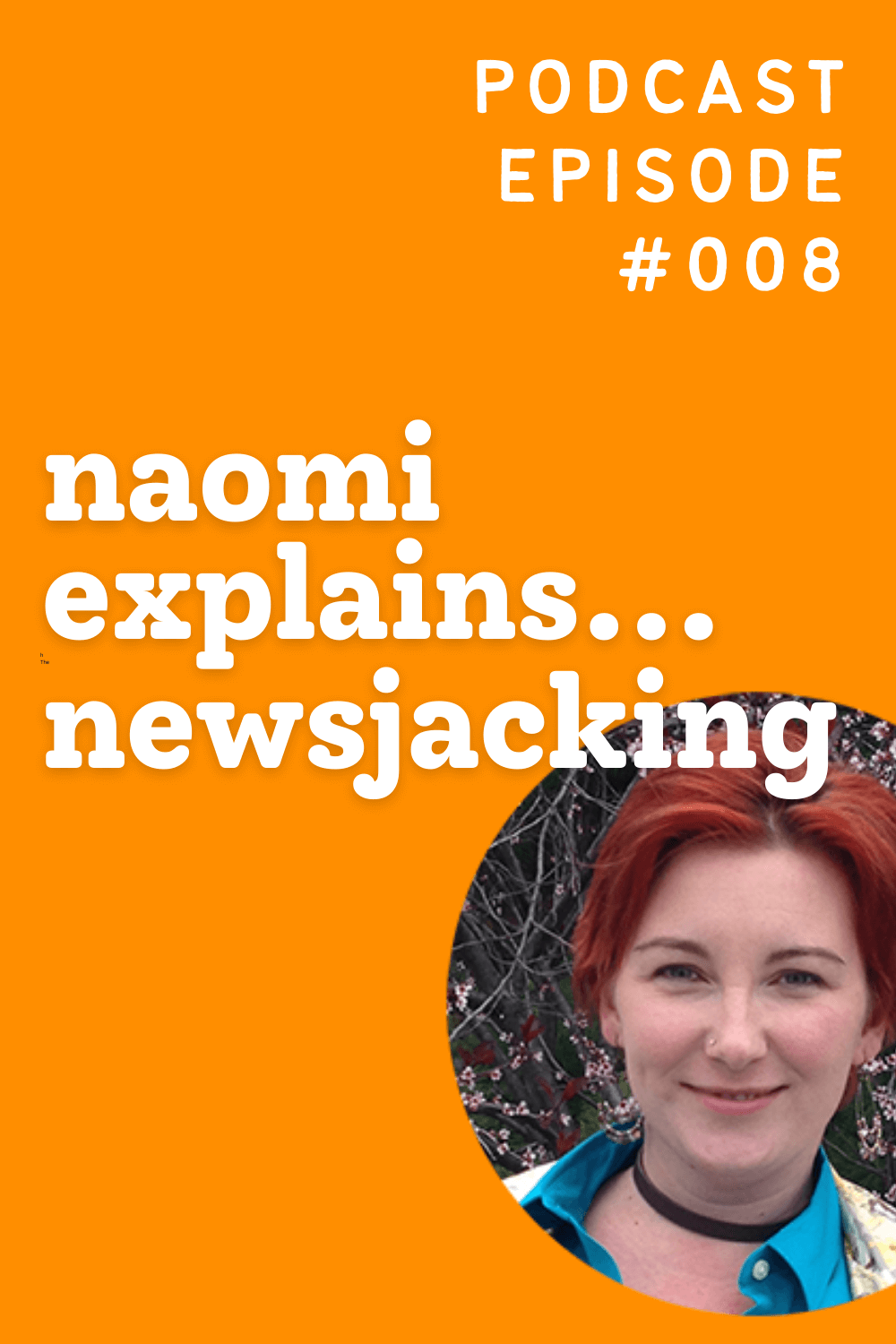 One of the reasons that so many people struggle with writing content is that it can often require a lot of time and energy – maybe more than they have available. (This is doubly true for those of us with chronic illness or neurological issues – energy is a very finite resource.)
One of the reasons that so many people struggle with writing content is that it can often require a lot of time and energy – maybe more than they have available. (This is doubly true for those of us with chronic illness or neurological issues – energy is a very finite resource.)
But most people don’t realize that they could cut their writing time by an easy 30%-50% overnight by using writing templates to get past their “stuck points”.
In reality, it’s not writing that takes so long – it’s navigating those stuck points, those places where we stare at the screen thinking “I have no idea what to write right now.” We can spend a lot of minutes in that stuck place.
There are two places where you are going to run into this problem most frequently – in your opening section and your closing section. This is where most people spend the majority of their “stuck time”.
So, let’s solve one of those problems right now. I’m going to give you 5 easy opening templates that you can use for any blog post or piece of content you create.
If you use one of these in every post you write, you’ll save a ton of time starting immediately. (And if you wanted to, you could even redirect that extra time towards other revenue-generating activities instead!)
So, let’s get this train moving, kittens. Here are 5 easy ways to open a blog post.

 There are so many different types of ittybiz owners in the world, but so often only the biggest or flashiest ones get represented in the media we consume.
There are so many different types of ittybiz owners in the world, but so often only the biggest or flashiest ones get represented in the media we consume. Everybody talks about “welcome sequences” (and “nurturing sequences”… and “autoresponders”… and, and, and…) but the details are sometimes a mystery. In today’s episode, I’ll explain what welcome sequences are, where they came from, and how to make one effectively.
Everybody talks about “welcome sequences” (and “nurturing sequences”… and “autoresponders”… and, and, and…) but the details are sometimes a mystery. In today’s episode, I’ll explain what welcome sequences are, where they came from, and how to make one effectively. Everybody talks about “copy” and everybody talks about “content”, but what do those terms actually mean? In today’s episode, I’ll explain what copy is, what content is, and where the difference matters.
Everybody talks about “copy” and everybody talks about “content”, but what do those terms actually mean? In today’s episode, I’ll explain what copy is, what content is, and where the difference matters. Everybody talks about “newsjacking”, but what does that actually MEAN? In today’s episode, I’ll explain what newsjacking is, three ways to do it, and and four tips for getting it right.
Everybody talks about “newsjacking”, but what does that actually MEAN? In today’s episode, I’ll explain what newsjacking is, three ways to do it, and and four tips for getting it right.